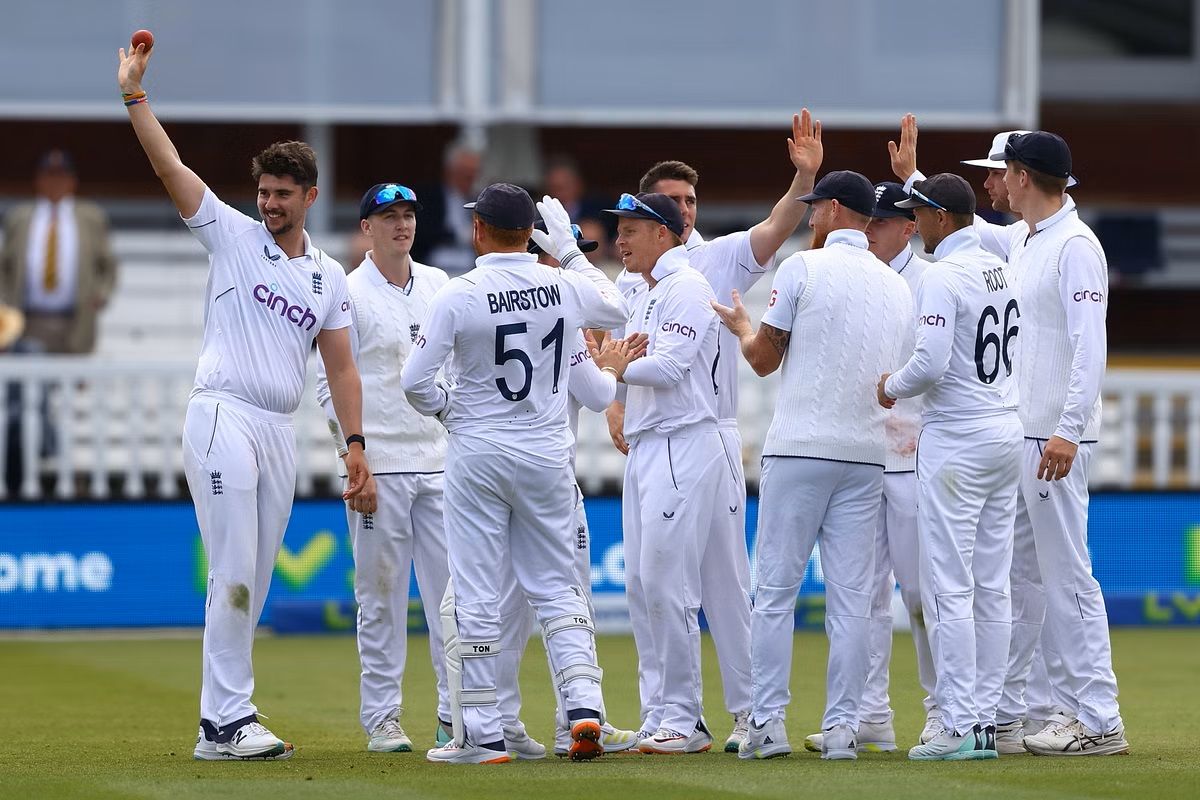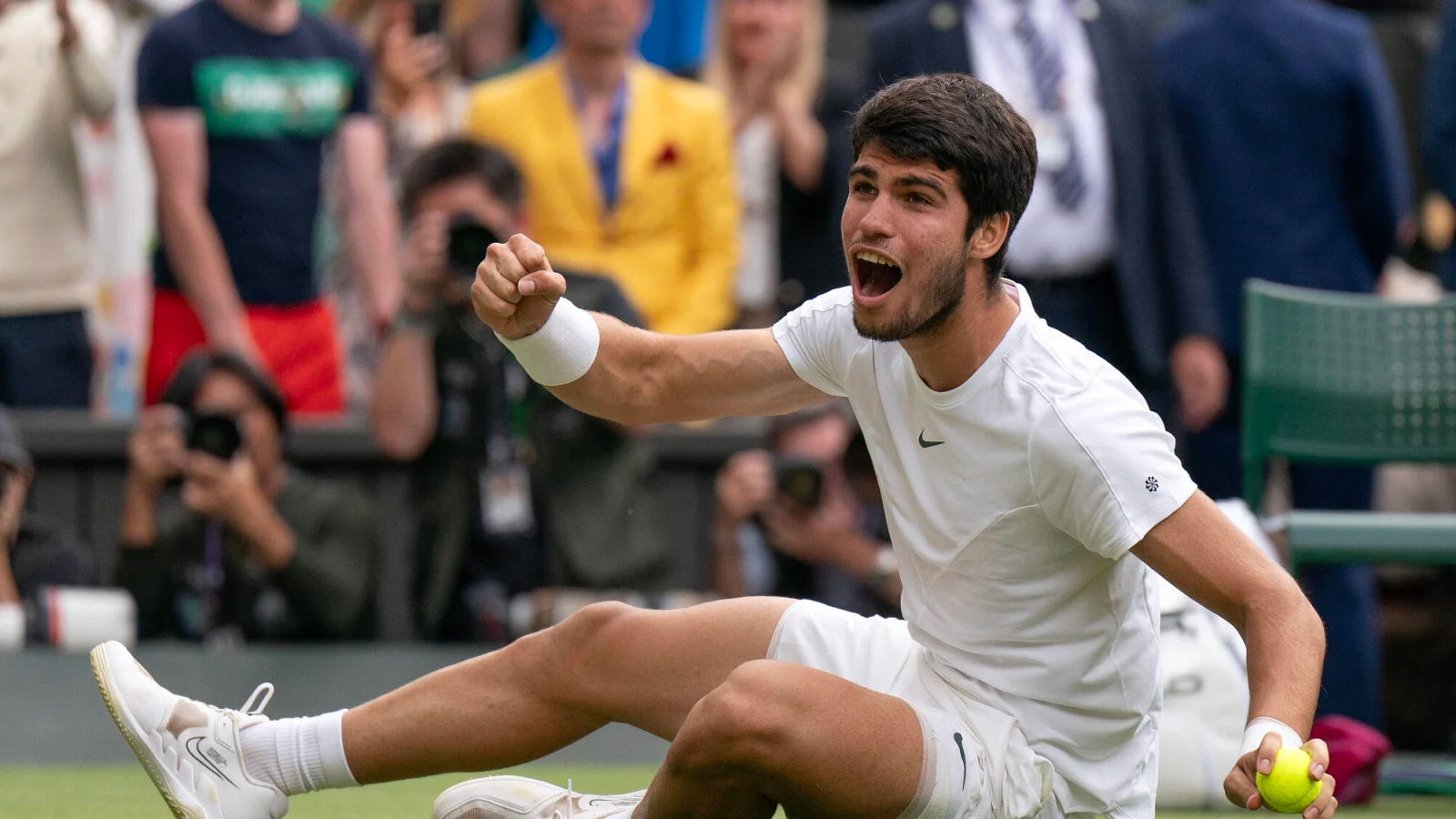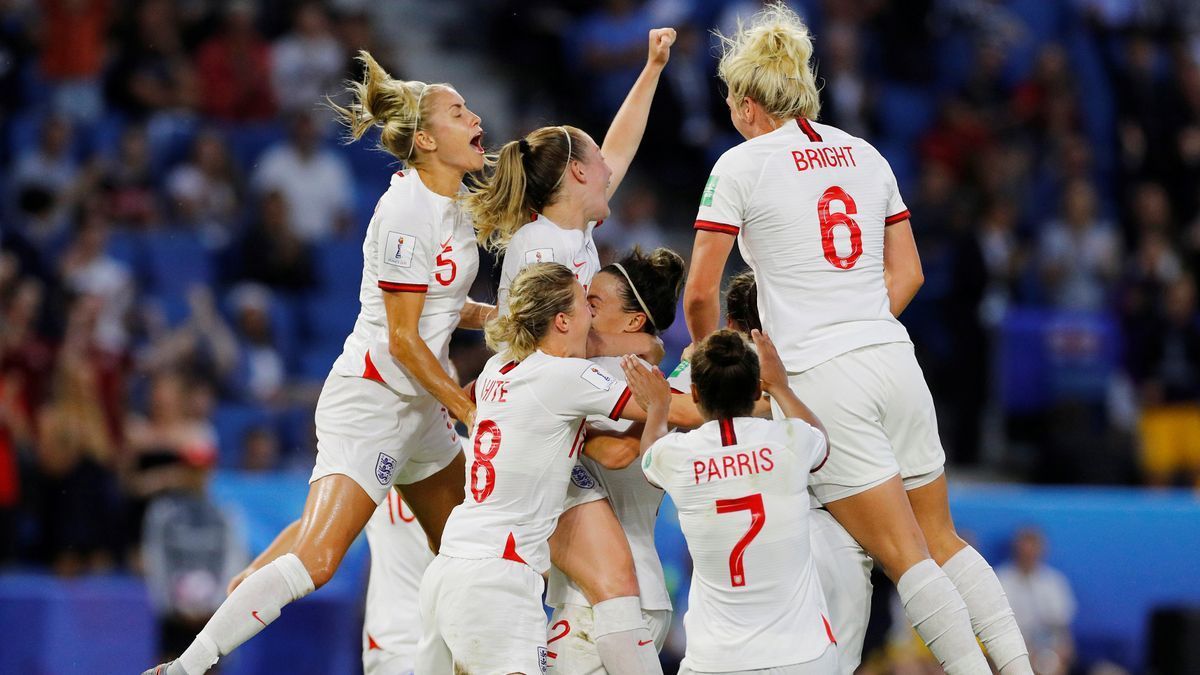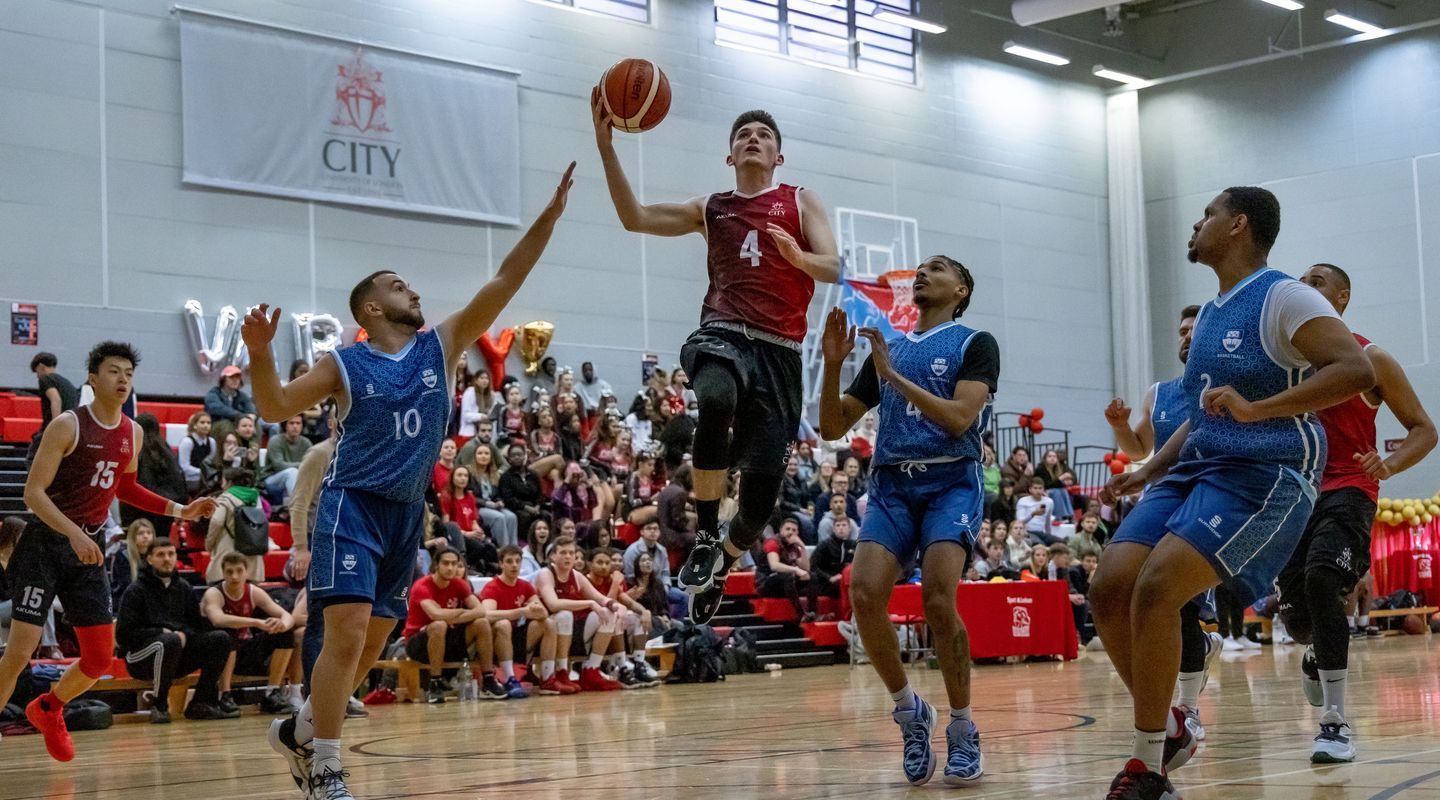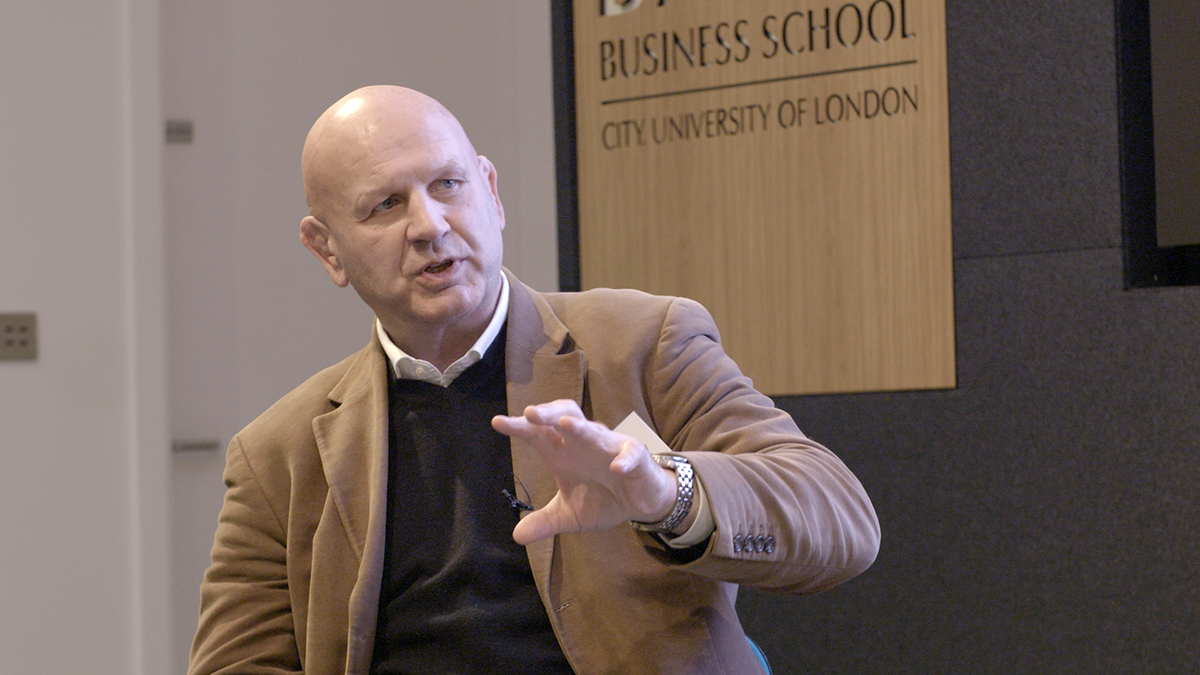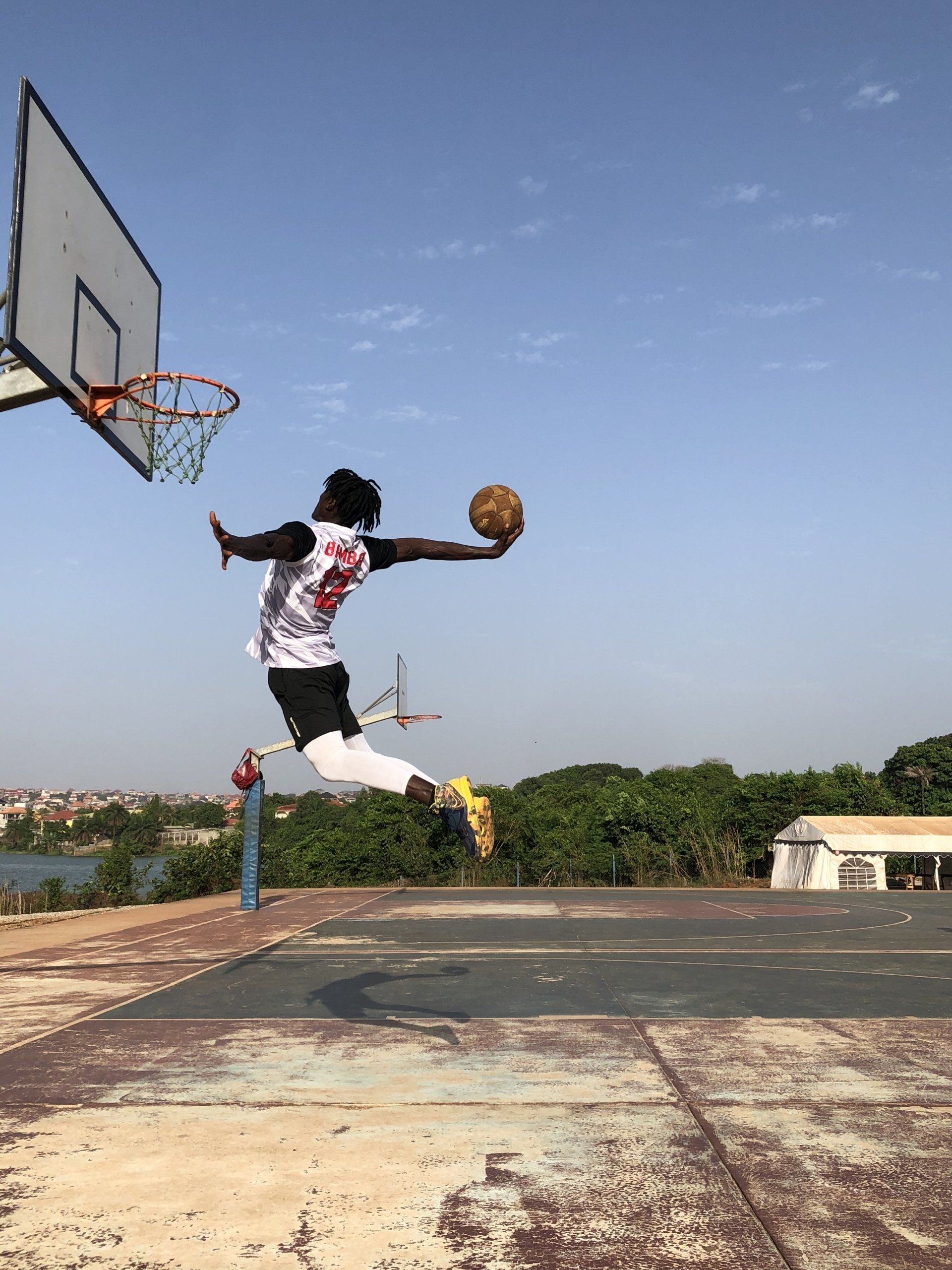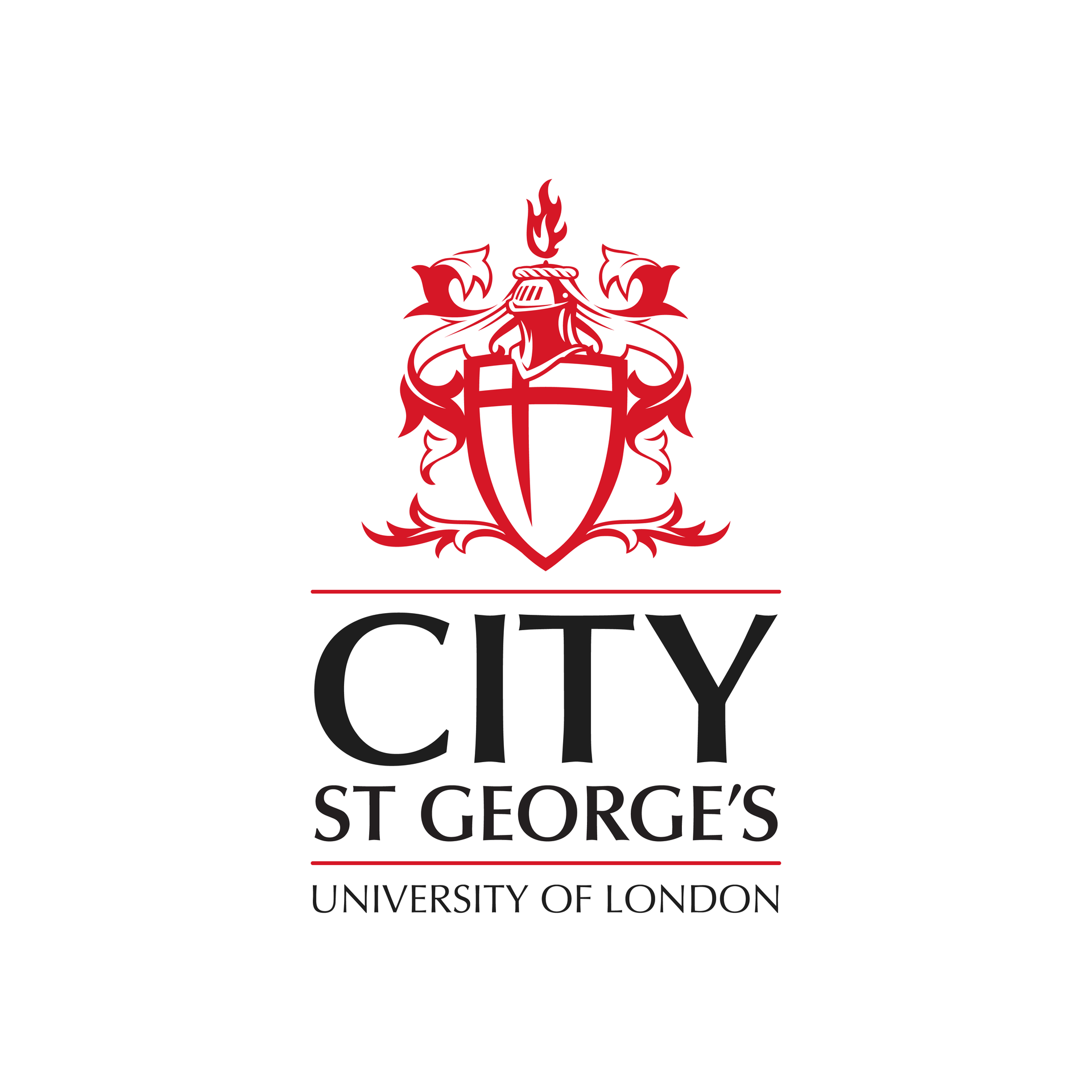How John Curry transformed figure skating
"I always wanted to be able to present skating in a way I had not seen before."
In this blog we look at how Olympic champion John Curry used creativity to remove constraints and challenge tradition in the sport of figure skating, bringing revolutionary artistic expression to the men's discipline.
In 1976 John Curry became the first British man to win a gold medal in Olympic figure skating, but he saw this as a means to an end. Men’s figure skating had long valued athleticism and jumping technique, but Curry wanted to transform the fundamentals of figure skating by championing musicality and a balletic style, which had not yet been embraced by the competitive men’s skating world.
"I always wanted to be able to present skating in a way I had not seen before." Curry explained in an interview.
"And I realised the only way I would have the opportunity to do that was by proving myself in the most visible and accepted way, which was by winning the Olympics."
Revolutionising an already well-established sport was no easy task, and Curry found that his elegant style which had helped him to succeed as a boy was no longer considered acceptable as he moved into men’s skating.
“No no John, you mustn't do that, it’s not a movement for a man” his coach instructed, watching Curry dare to lift his hands above waist level to create graceful body lines which were considered ‘too feminine.’
"It just didn’t make any sense to me at all why I shouldn’t do it, so I did it" Curry reflected.
John Curry’s creativity can be found in how he removed the constraint of ‘masculine skating’ or skating ‘appropriate for a man’ and embraced his uniquely artistic style.
Traditional figure skating saw men skating in a balletic style as a distraction, as it shifted the focus away from the jumps which usually had an obvious build-up. In skating today, the effortless lead into the jumps complete with choreography and complex footwork is now considered more skilful, thanks to John Curry.
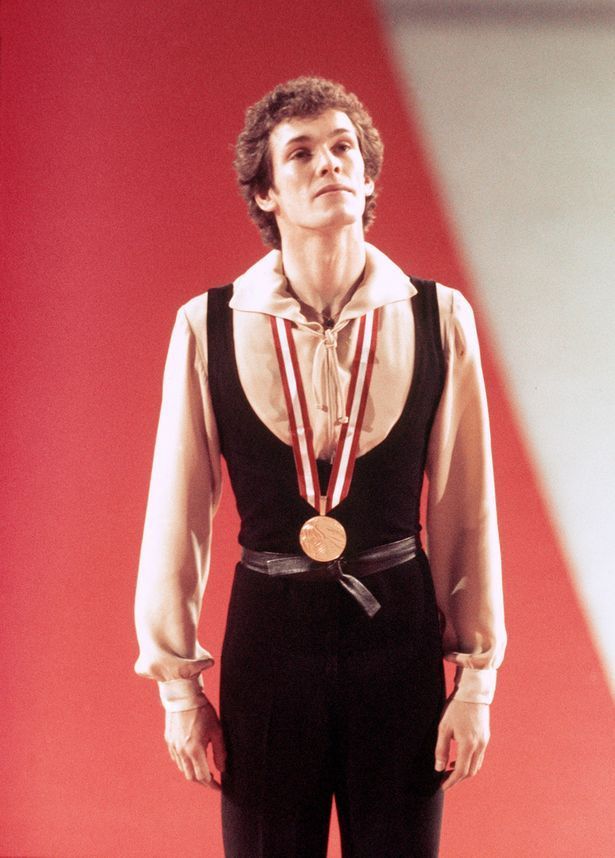
“I tried to incorporate the jumps into a framework which was not just preparation, jump, preparation jump... I think a jump is far more effective if one doesn’t expect it.”
He realised that he still had to adhere to the technical standard by including a certain amount of triple jumps and spins, and this came with its own constraints. Curry found that his nerves at times would affect his ability to execute the difficult jumps. In order to change the game, he had to be at the very top of his.
Christa Fossi, who coached him jointly with Carlo Fassi in the years leading up to the 1976 Olympics, commented that Curry “blew it at the last minute” in competitions and could be “inconsistent”, sometimes executing complex jumps perfectly, and other times not. Curry eventually found a way to get into the correct headspace before major competitions.
“Before every performance he would go into a quiet room on his own and have time to think to get in the zone” Christa Fossi went on to say.
Eventually, Curry built up confidence in his technical ability, even visualising winning the Olympic gold medal: “I had so geared myself to winning...I saw myself doing it.”
Let’s take a closer look at how John Curry used creative problem solving to achieve his goal.
CONSTRAINT REMOVAL
Constraint removal is a quick and simple technique for generating ideas. You systematically remove one or more constraint(s) on solving a challenge, working around the mental blocks that stop you from generating new ideas.

Constraint | Artistry in men’s skating is considered secondary to the technical skill
Ideas imagined without the constraint: More complex artistry (musicality, ballet inspired style) is widely accepted and valued as much as the technical side of skating (triple jumps).
Possible real-world ideas: Winning significant competitions to set a new standard for men’s skating which values artistry and athleticism equally.
This can be achieved by:
- Matching the top level of technical skating by mastering the triple jumps etc to help win competitions, while bringing unique artistry which becomes more recognised.
This is exactly what John Curry managed to achieve!

Constraint | Skating is expensive and private ice time is not always accessible
When John Curry was training in a public ice rink in Richmond, before winning the Olympics, he either had to train amongst hundreds of other people on the rink, or get up to train in the very early hours of the morning when it was less busy, which restricted when he could train and for how long.
Ideas imagined without the constraint: Training at any time for as long as required in order to find an optimal training time and not rush training.
Possible real-world ideas: Competitive skaters with sponsors have the money to buy private ice time and are less restricted.
How John Curry achieved this:
- After the 1972 World Championships in Bratislava, Ed Mosler, who normally funded US skaters, admired John Curry’s different style and offered to become his sponsor.
"Suddenly I could put all my energy into the skating, and I never had to think about money again."

Constraint | Executing triple jumps and delivering a flawless performance at competitions is stressful, leading to inconsistencies
Ideas imagined without the constraint: There is nothing stopping a gold medal level performance and completing difficult jumps at competitions.
Possible real-world ideas: Find what is preventing consistent performances and minimise it.
How John Curry achieved this:
- Curry focused on the psychological factors at play and getting into the right mindset before competitions.
- He took courses which helped him analyse and understand his own insecurities, and developed a ritual before each competition which helped him get into a focused and confident mindset.
- Before going out to compete he spent time alone in a quiet room and visualised his win.
"I had so geared myself to winning...I saw myself doing it."
SCAMPER
Each letter in SCAMPER stands for a separate element with its own questions, prompting you to discover new solutions and ideas.

R
REVERSE
How can I change, reorder, or reverse the challenge? What would happen if we reverse the process?
John Curry reversed the process of choreographing programmes by first becoming inspired by a piece of music and building a story and skating elements around it: “when I hear music, I can't not in my mind’s eye see movement.” At the time, it was common for skaters to focus less on the music as a framework, and more on the order of moves and skating elements, with the music acting as a backdrop.

A
ADAPT
What can I adapt in my challenge? Think about which parts of the process you could adapt to solve your challenge. What do you need to change to reach better results?
Although John Curry added more complexity to his skating programmes through musicality, he also realised that the judges were not used to his style and at times found his effortlessness distracted from the technical elements. Curry kept his uniquely artistic style, but adapted his Olympic programme slightly by simplifying some elements: “I changed my attitude...I set the programme so that no one could miss the difficulty of what I was doing.”
How could you use creative problem solving techniques to innovate?
Step by step guides for SCAMPER, Constraint Removal and more can be found by hitting the button below.
Inspiration in your pocket
Creativity knowledge and creative thinking techniques are also built into the Sport Sparks app. Click the sign in button on our page to try it out.

